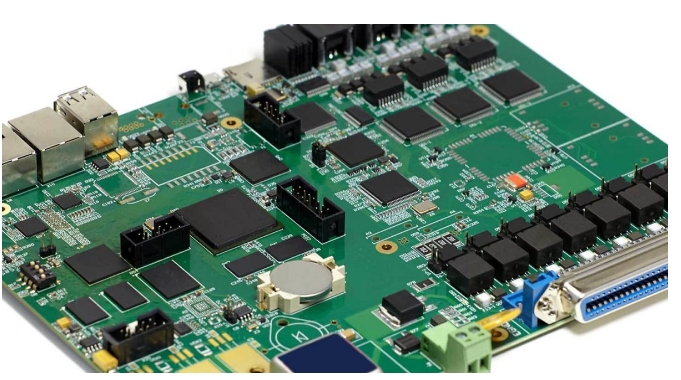Circuit card assemblies (CCAs) play a critical role in modern energy systems, enabling efficient and reliable power generation, distribution, and utilization. This article explores the unique challenges and advancements in circuit card assembly for energy applications.

Energy system CCAs must meet stringent requirements, including:
High Reliability and Durability: Ensuring uninterrupted operation in demanding environments.
Compact Size and High Power Density: Optimizing space utilization and maximizing power output.
Environmental Resilience: Withstanding harsh conditions, such as extreme temperatures and humidity.
Electromagnetic Compatibility (EMC): Minimizing interference with other electronic systems.
To meet these demands, energy system CCA manufacturers employ advanced technologies:
Materials: High-performance materials, such as ceramic substrates and flexible printed circuit boards (FPCBs), provide superior electrical and thermal properties.
Manufacturing Processes: Automated assembly techniques, including surface mount technology (SMT) and selective soldering, ensure consistent quality and high volume production.
Testing and Inspection: Rigorous testing protocols and advanced inspection methods verify performance and detect potential defects.
Quality assurance is paramount in energy system CCA manufacturing. Industry standards and certifications, such as ISO 9001 and IPC-A-610, are strictly followed to ensure the highest levels of reliability and quality.
Energy system CCAs are used in a wide range of applications, including:
Renewable Energy Systems: Solar inverters, wind turbine controllers, and battery management systems.
Power Distribution and Transmission: Substation automation systems, smart meters, and protective relays.
Industrial Automation: Motor control systems, programmable logic controllers (PLCs), and distributed control systems (DCSs).
Energy Storage Systems: Battery energy storage systems (BESS) and pumped hydro storage systems.
The future of circuit card assembly for energy systems is driven by advancements in:
Smart Energy Grids: CCAs will enable the development of smart grids, facilitating efficient energy distribution and management.
Energy Efficiency: CCAs will support the development of energy-efficient technologies, reducing power consumption and environmental impact.
Renewable Energy Integration: CCAs will play a crucial role in integrating renewable energy sources into the power grid.
Circuit card assembly for energy systems requires a deep understanding of the demanding requirements and the application of advanced technologies and rigorous quality control. By adhering to industry standards and employing cutting-edge techniques, manufacturers ensure the reliability, durability, and performance of CCAs that power innovation and efficiency in modern energy systems. Continuous advancements in materials, manufacturing processes, and testing methods will continue to support the development of sophisticated energy technologies, enabling a more sustainable and resilient energy future.